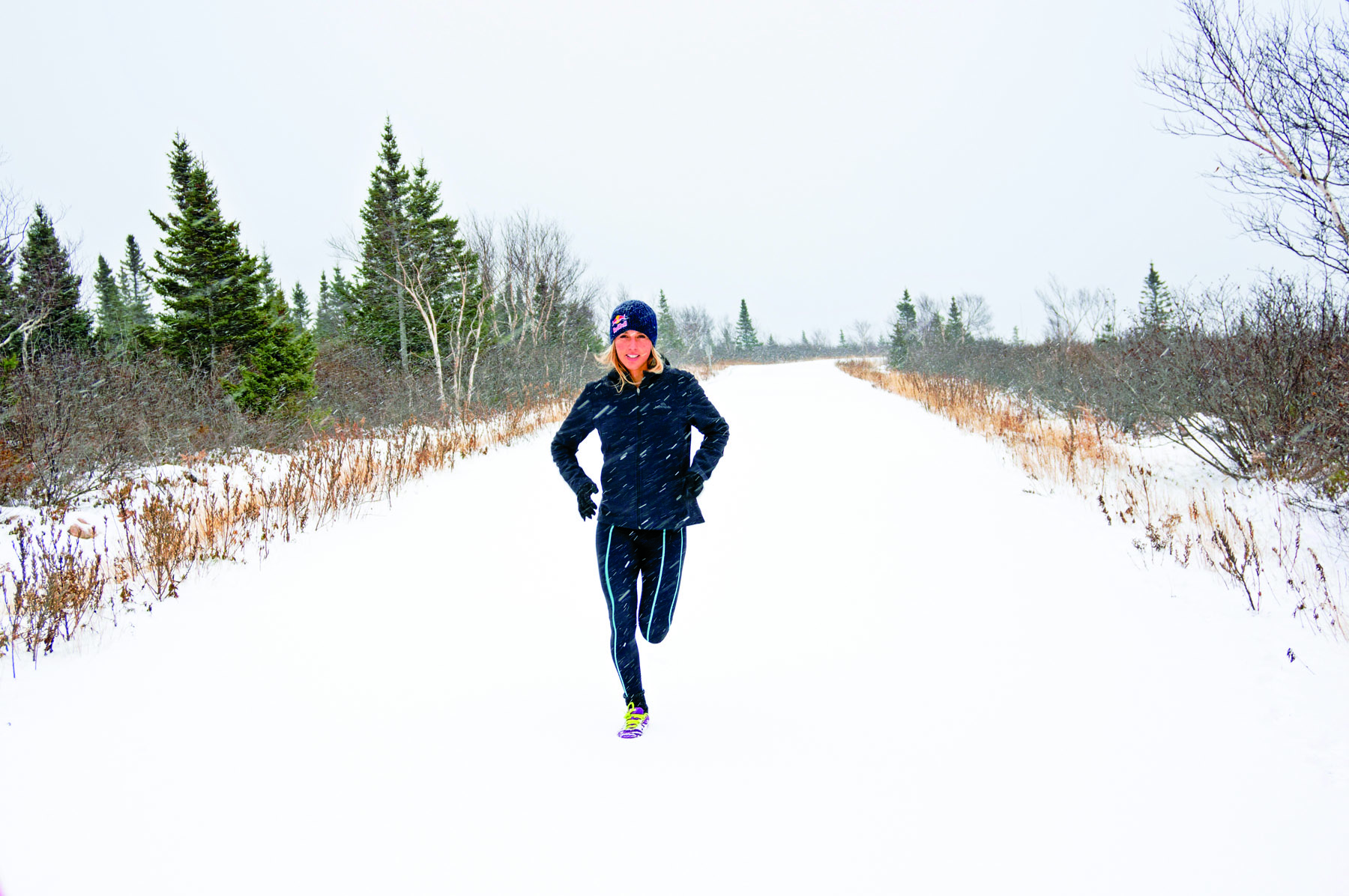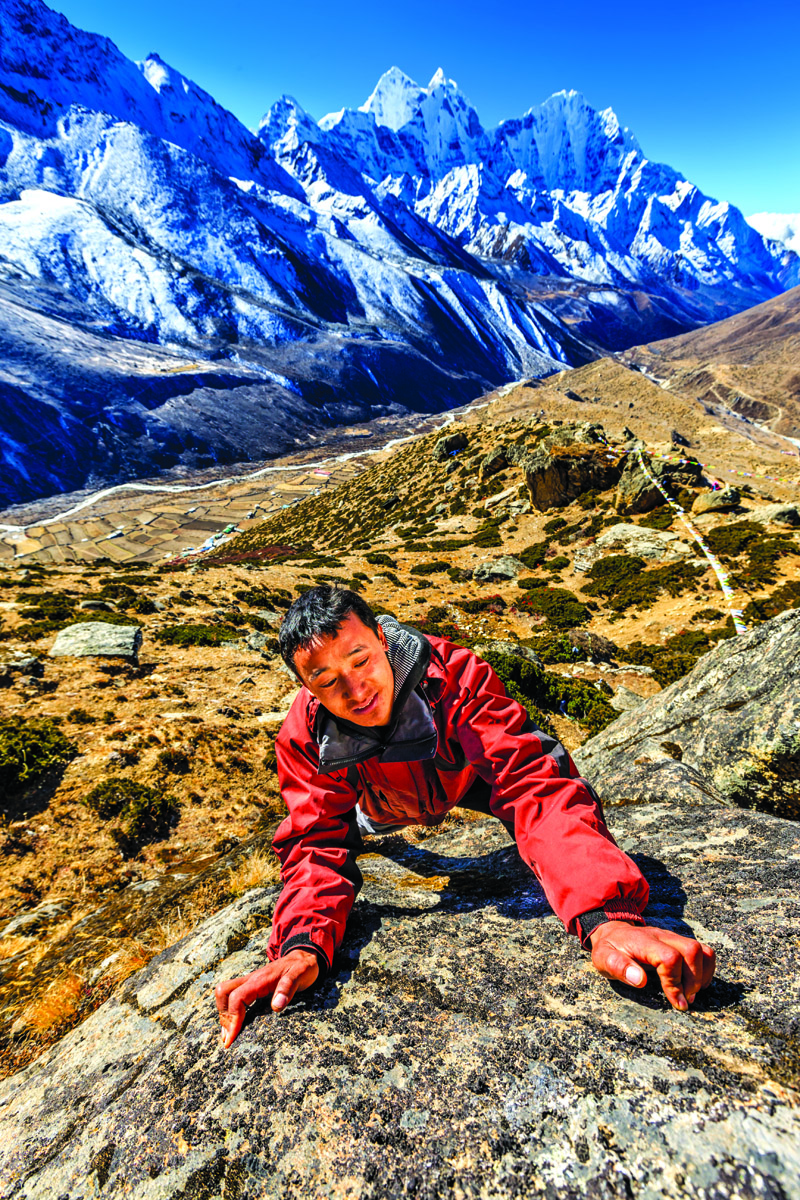“Ha! Brace yourself for the weather!”
I don’t know how many times I heard this response when I told people I was moving to Scotland (followed closely by “Hope you like whisky”), but it was a lot. And it’s true – it is cold and wet. It turns out that Glasgow’s weather going into summer is a lot like Melbourne’s going into winter.
Some days pour with rain. Others begin with beautiful clear skies; the air so crisp it hurts my lungs. My partner, who had a year’s head start living here, has no problem going outside in a long-sleeved shirt.





PICTURE CREDITS: Chris Burkard/Red Bull Content Pool, Bryce Groark/Red Bull Content Pool, hadynyah/Getty Images
“You’ll get used to it,” he says, as I rug up in a jacket, scarf, beanie and gloves.
And that got me thinking of the stints I’ve spent in cold temperatures. When I’ve set out on a multi-day walk in winter or autumn, it only takes a couple of days to get used to being out in the cold. When people become accustomed to a change in temperature, whether that’s going into warmer or colder climes, does the human body physically change, or is it a purely psychological phenomenon?
Let’s take a look at ourselves. We’re warm-blooded and relatively hairless creatures. But we need to keep our core body temperature within a specific range to keep our organs working. And that range varies between people, so we have an internal thermostat: a small region of the brain called the hypothalamus.
Now, when it comes to being exposed to cold conditions, full body exposure is rare. An extreme example is Japanese and Korean pearl-diving women. They free dive throughout the year, even in winter, where seawater drops to a mind-boggling –10°C. These days, they might wear a wetsuit, but their earlier counterparts wore a cotton bathing suit. A 1979 study found the amount of energy these pearl-divers used at rest – their basal metabolic rate – increased by 30 per cent in winter. In summer, it dropped back to normal.
You and me, though, we rarely deal with such unrelenting conditions. When we feel a bit chilly, we can huddle with others, sidle up by a fire, put on more clothes, get moving. But there seems to be a few physiological changes that kick in when we’re exposed to cold for an extended period. A lot of these early studies, conducted in the 1960s, involved putting naked people in an 11.8°C room for eight hours each day for a month and measuring a whole bunch of bodily functions before and afterwards. Subjects have it a little easier in recent decades – they might, for instance, sleep in a cold room under a light blanket.
So what did these studies tell us about the physiology of cold acclimation?
First up, our body can become better at hanging onto the heat we already have in us. The processes that shuttle blood to and away from the skin, vasodilation and vasoconstriction, become more efficient. We can also start cycling between the two relatively quickly, especially at our extremities. I see this when I go out for a long run in winter. My fingers turn cold and white, almost blue, then in an hour or so they flush red and warm again, before reverting to their pale and numb state, and so on.
Then, we start to generate a little more heat. We do this by shivering, at least at the beginning of acclimating. It’s not necessarily the full-body-shudder, teeth-chattering kind; shivering can be barely perceptible, just enough to twitch your muscle fibres, fuelled by carbohydrates stored in our muscles. And as we get more acclimated to cold, we start producing heat more efficiently without shivering as much.
Over weeks, some longer-term changes kick in. Take brown fat. Unlike white fat, which is the stuff that becomes increasingly harder to shift with each passing year, brown fat burns calories to generate heat. Babies are born with heaps of it, and it wasn’t until 2009 that it was also found in adults. Five years later, a study found men who slept in a 19°C room for a month increased their brown fat volume by 42 per cent.
The problem with these studies is that they’re small – they usually only look at a handful of people at a time – so we can’t generalise to everyone. Besides, temperature regulation depends on factors like fitness and age, and we live in our own comfortable microclimates anyway. So, unless the heating in our house stops working, it’s unlikely I’ll see any significant physiological changes in my own body.
So how will I go? Well, it’s summer here now – winter will be interesting. I think a big part of getting through those dark, cold months will be mentally adjusting my perception of what “nice” weather is. If it’s not raining, it’s a good day, and I should make the most of it while I can.





